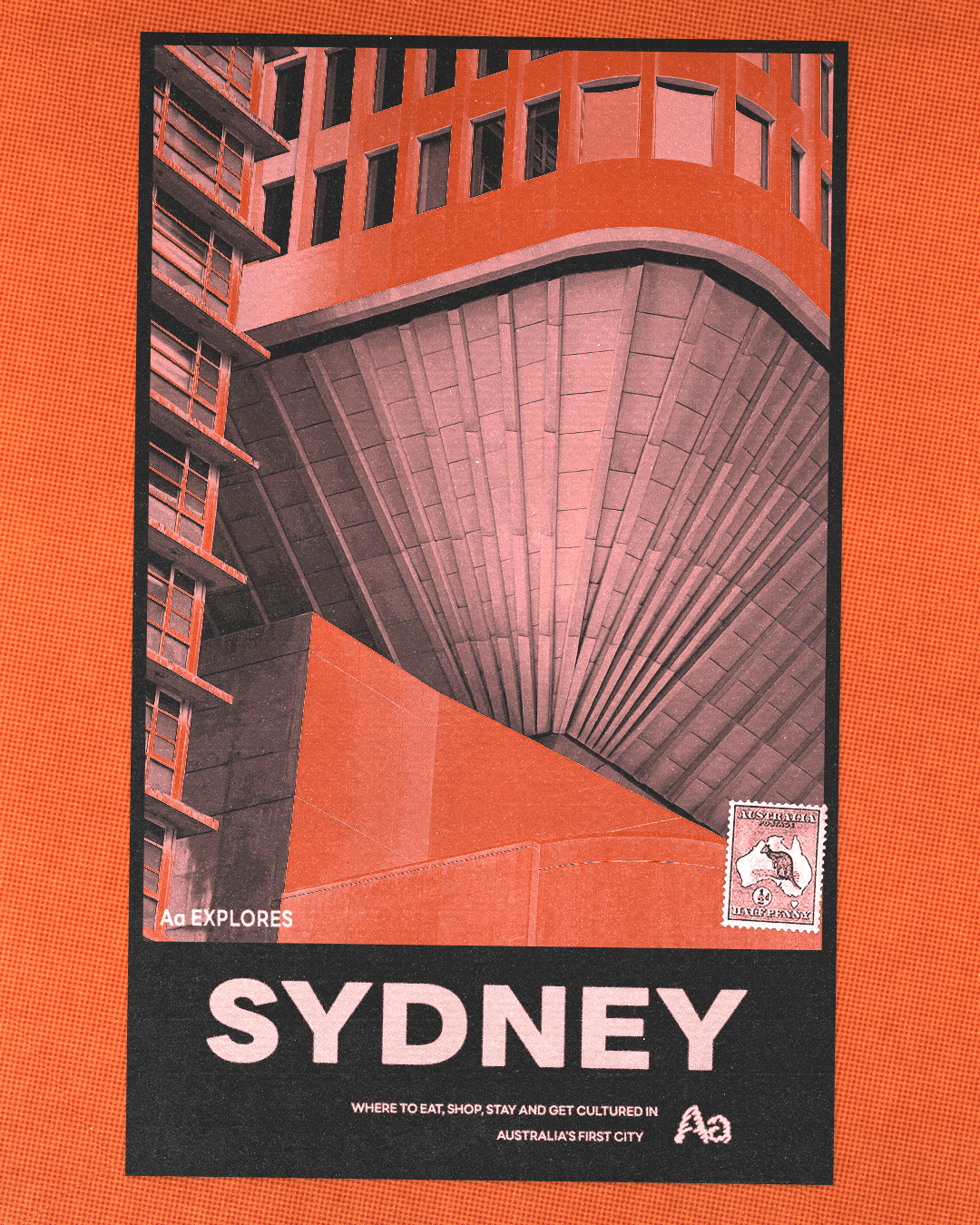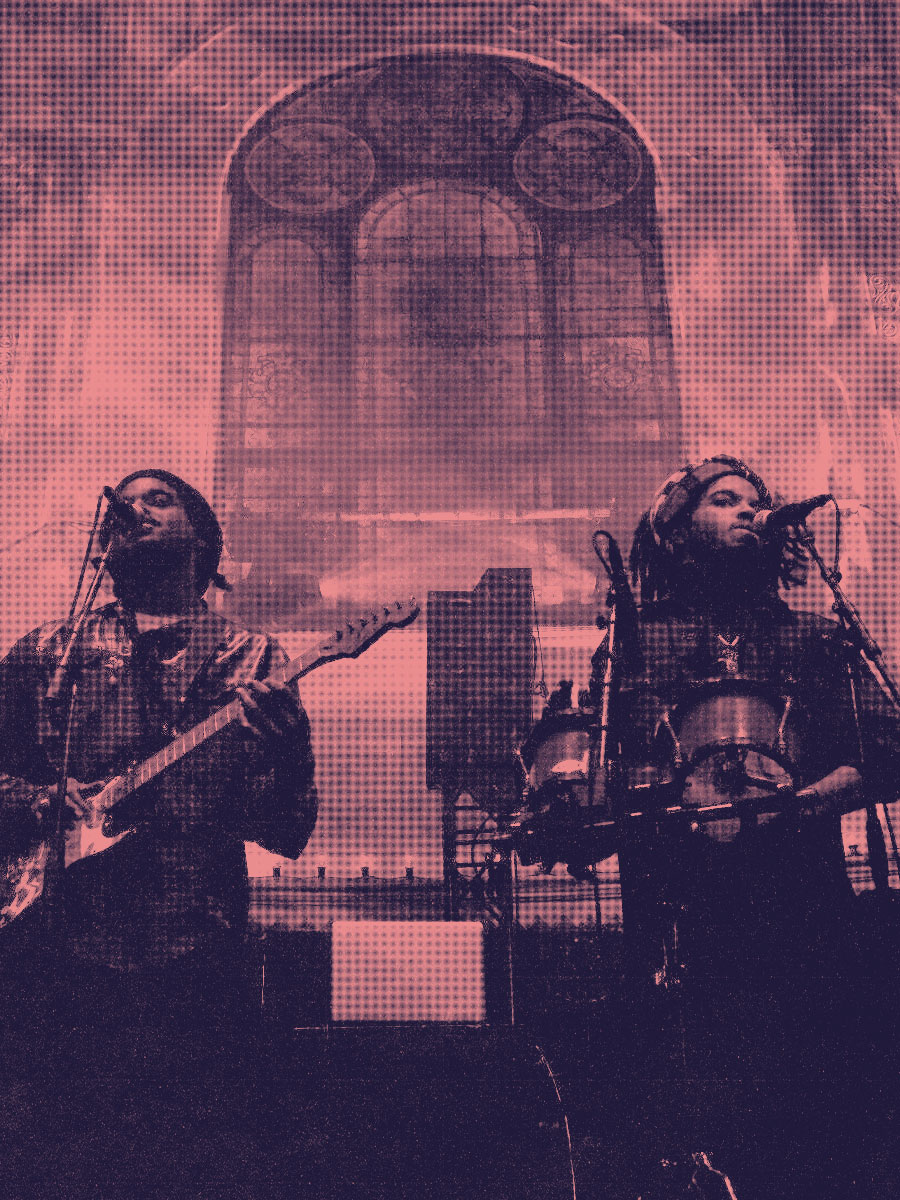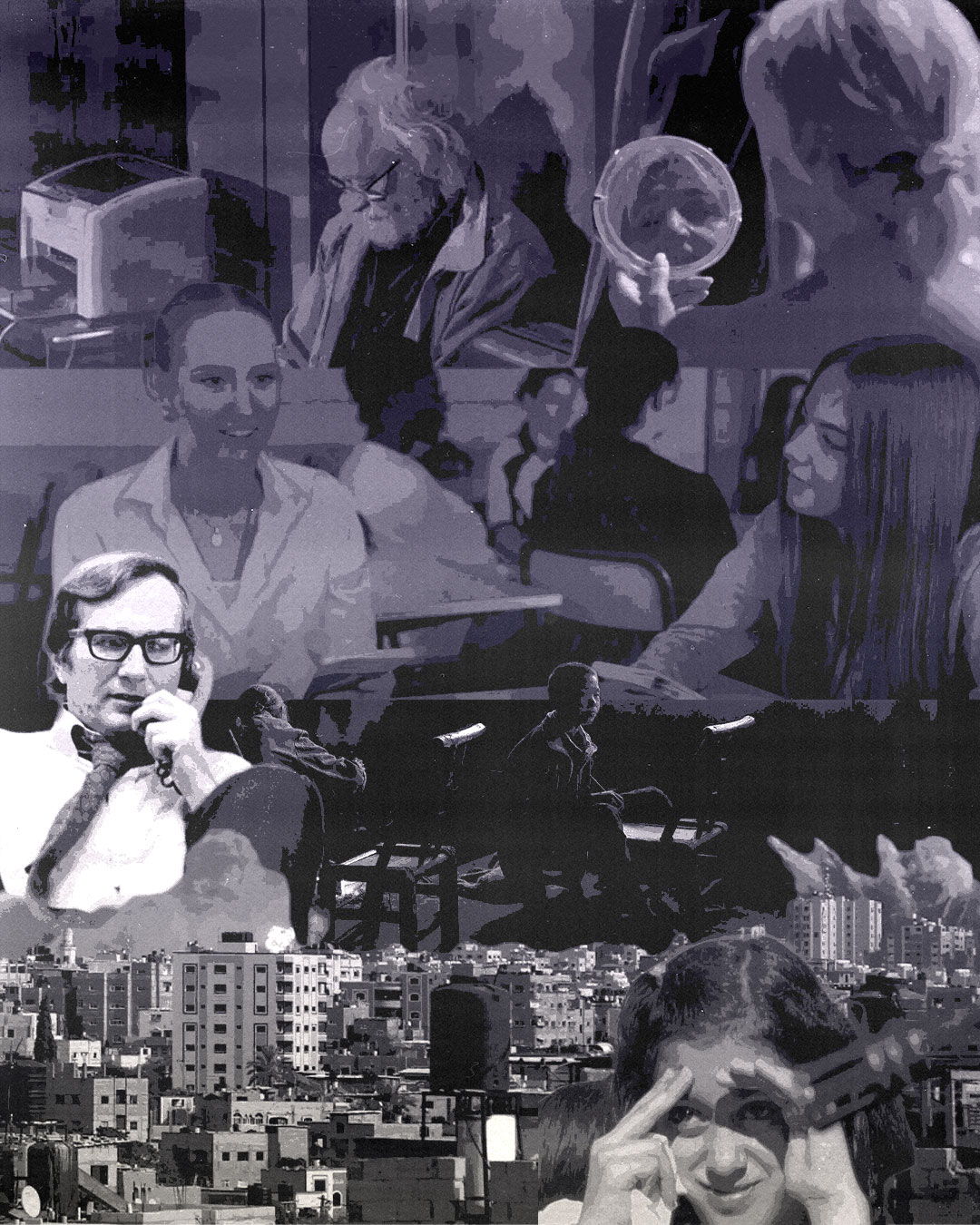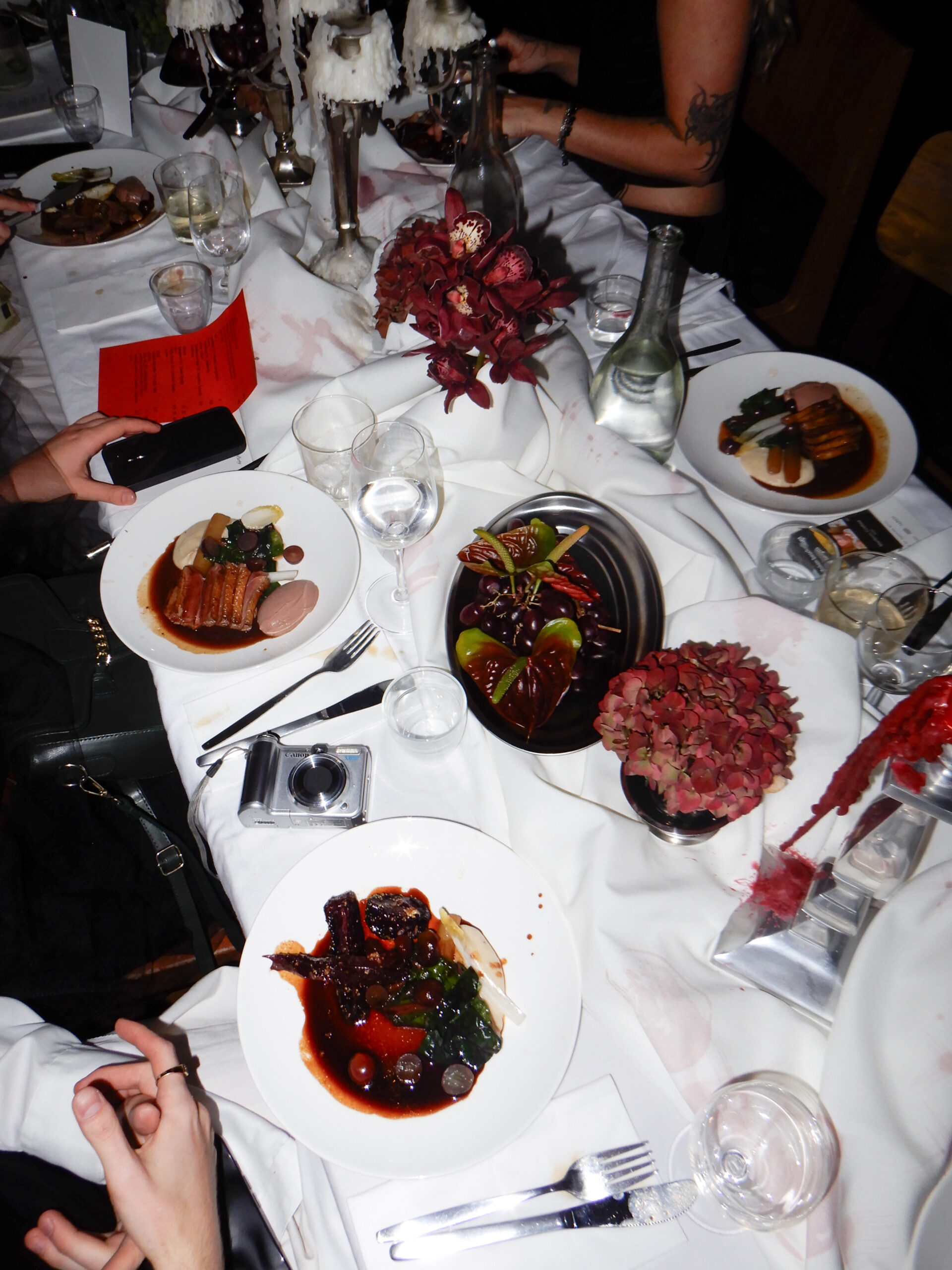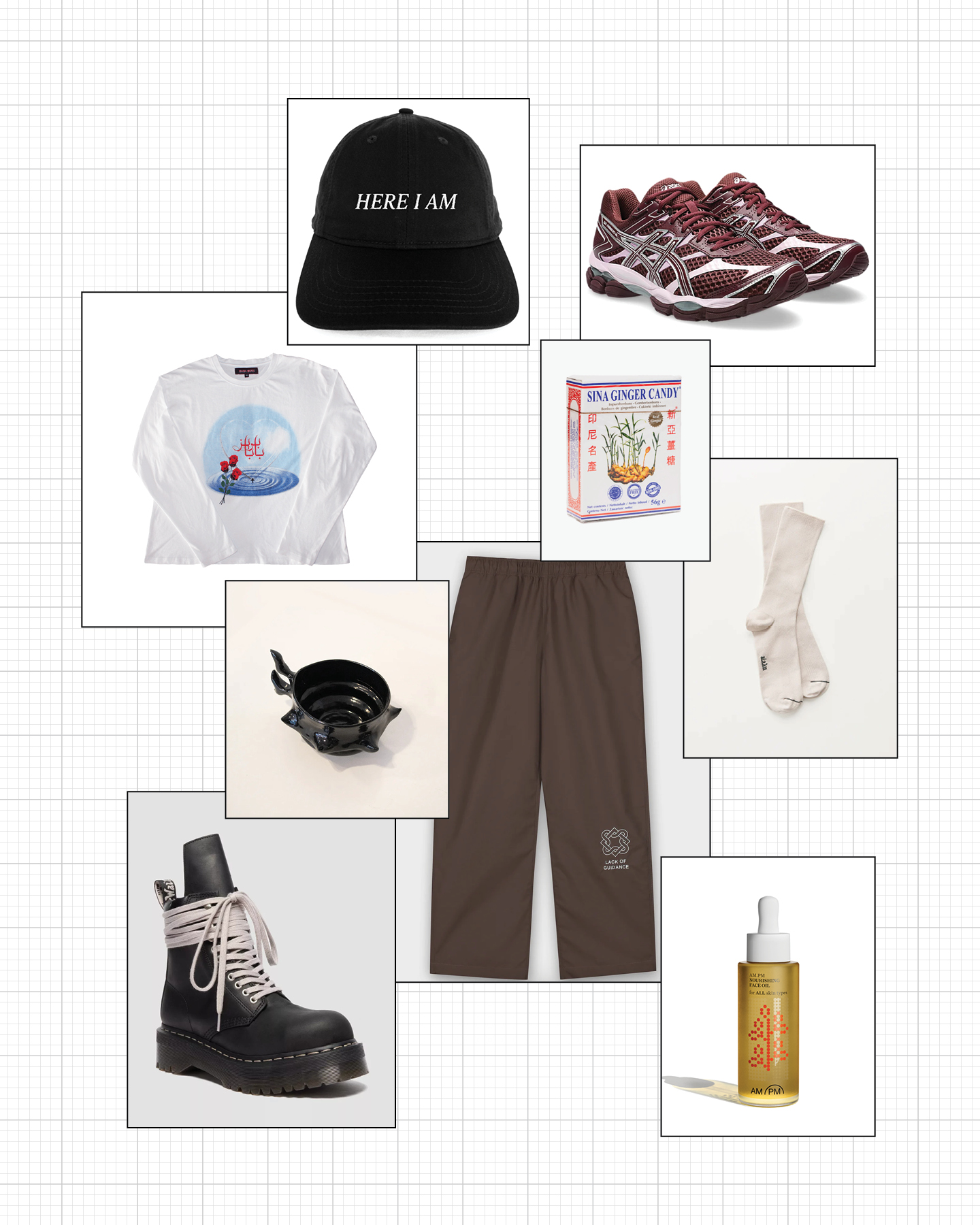Last week, Amsterdam became the epicenter of art as the 2025 edition of Amsterdam Art Week brought together galleries, cultural institutions, critics, and regular art connoisseurs (like us) for a week showcasing the best the city’s scene has to offer.
In the lead-up, our art editor Fabian curated a special map of his most-anticipated events, so we thought it only fitting to follow its trail. The result? This quick rundown of what we saw, liked, and what made this year’s Art Week one to remember.
Rijksakademie
The Rijksakademie Open Studios is one of our most anticipated art events of the year. Once a classical art academy that helped launch the careers of legends like Piet Mondrian, it’s now home to one of the most competitive residency programs out there, accepting just 20 artists from over 1,500 applicants annually.
What consistently sets the Rijksakademie residents apart is their dedication to technique. This year was no different, with strong works across mediums, from performance to installation. The first studio I stepped into (studio 1, fittingly) featured the work of Ada Maricia Patterson, an artist and writer working between Barbados, London, and Amsterdam.
Patterson’s space combined paintings on silk, delicate drawings, and poetry, each piece a tribute to trans women. In a time of rising repression, her work didn’t shout; it moved in quiet, poetic resistance.
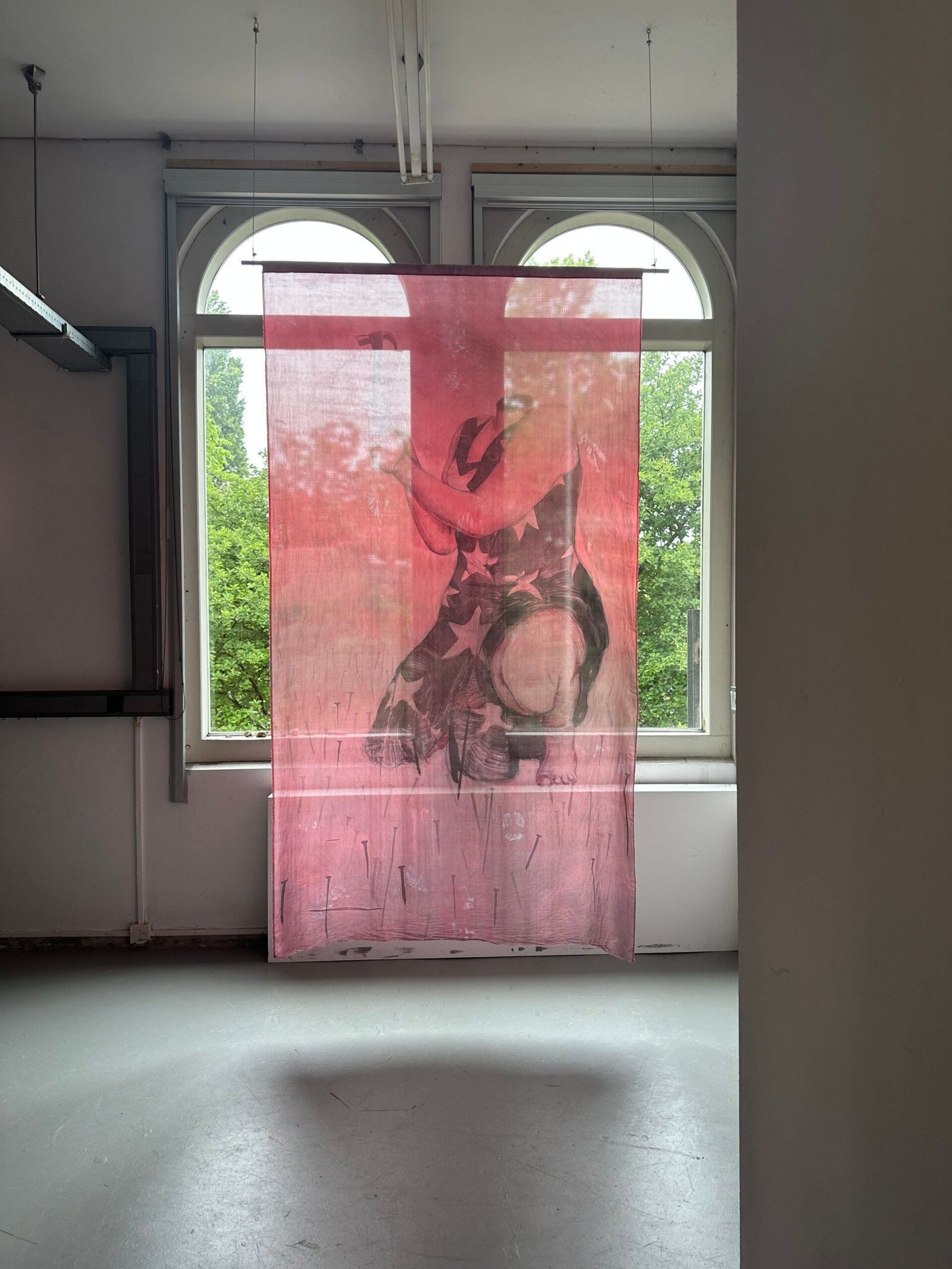

Another standout for me was Bo Bosk’s work in studio 7. His paintings, tender and understated, have stayed with me days later. Each canvas captures his girlfriend in reimagined scenes from the films they watch together, blurring the line between memory, fiction, and feeling. You can sense the intimacy in every brushstroke, every color carefully chosen not just to depict, but to hold something close. I left his studio with a soft smile, reminded that sometimes, there’s nothing more moving than seeing love made visible.

Continuing through the studios, I stepped into a narrow room with rugged metal walls and a yellow door, studio 16. I hadn’t even glanced at the artist’s description, but something about the space, part storage unit, part sci-fi set, pulled me in.
On one wall, four transparent, Febo-style containers held ceramic replicas of a metallic door lock, mirroring a similar lock suspended in a case across the room. I pressed the metal button on one of the containers. Instantly, a screen lit up with an iDEAL payment QR code for €594.55.
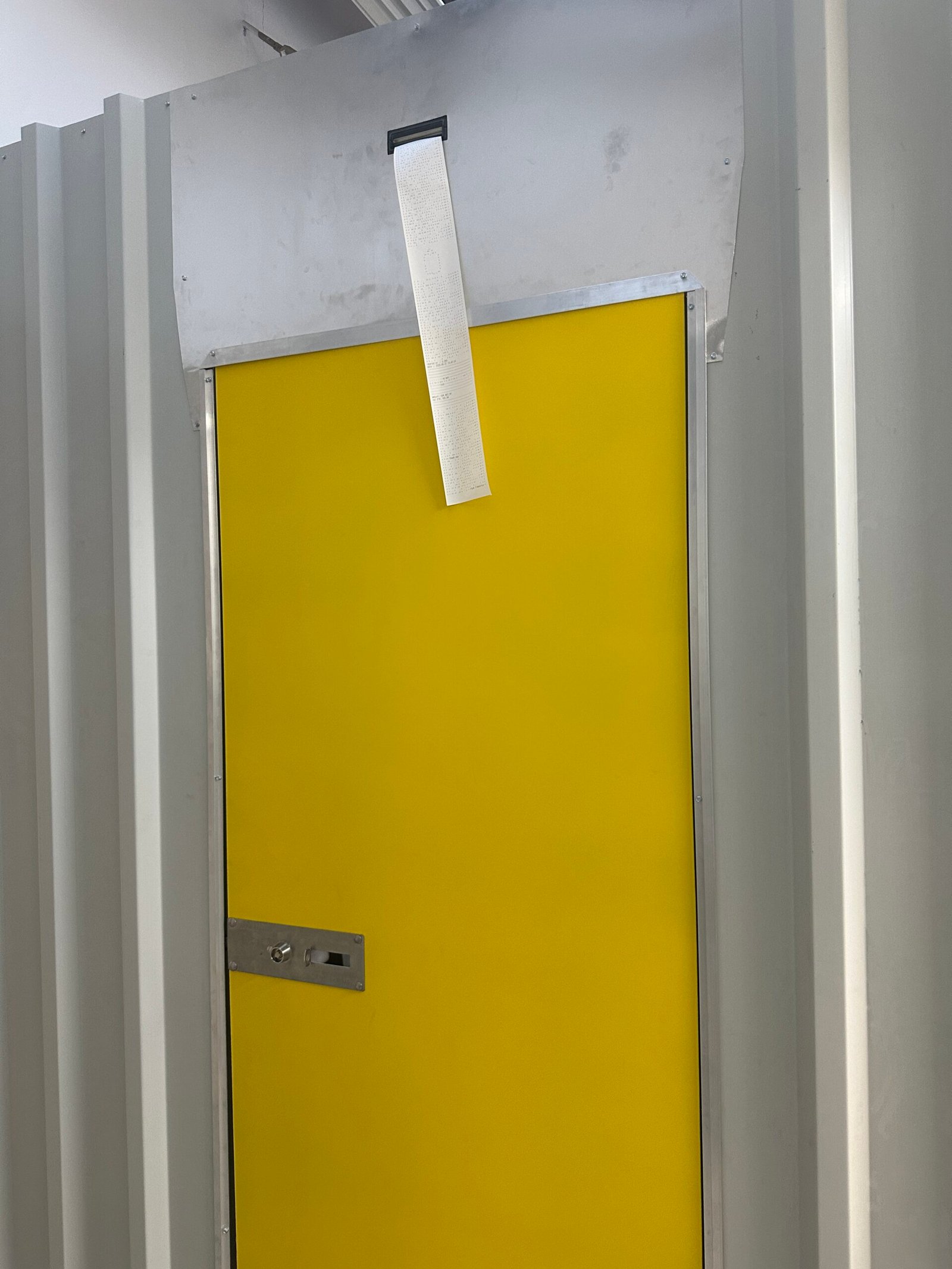
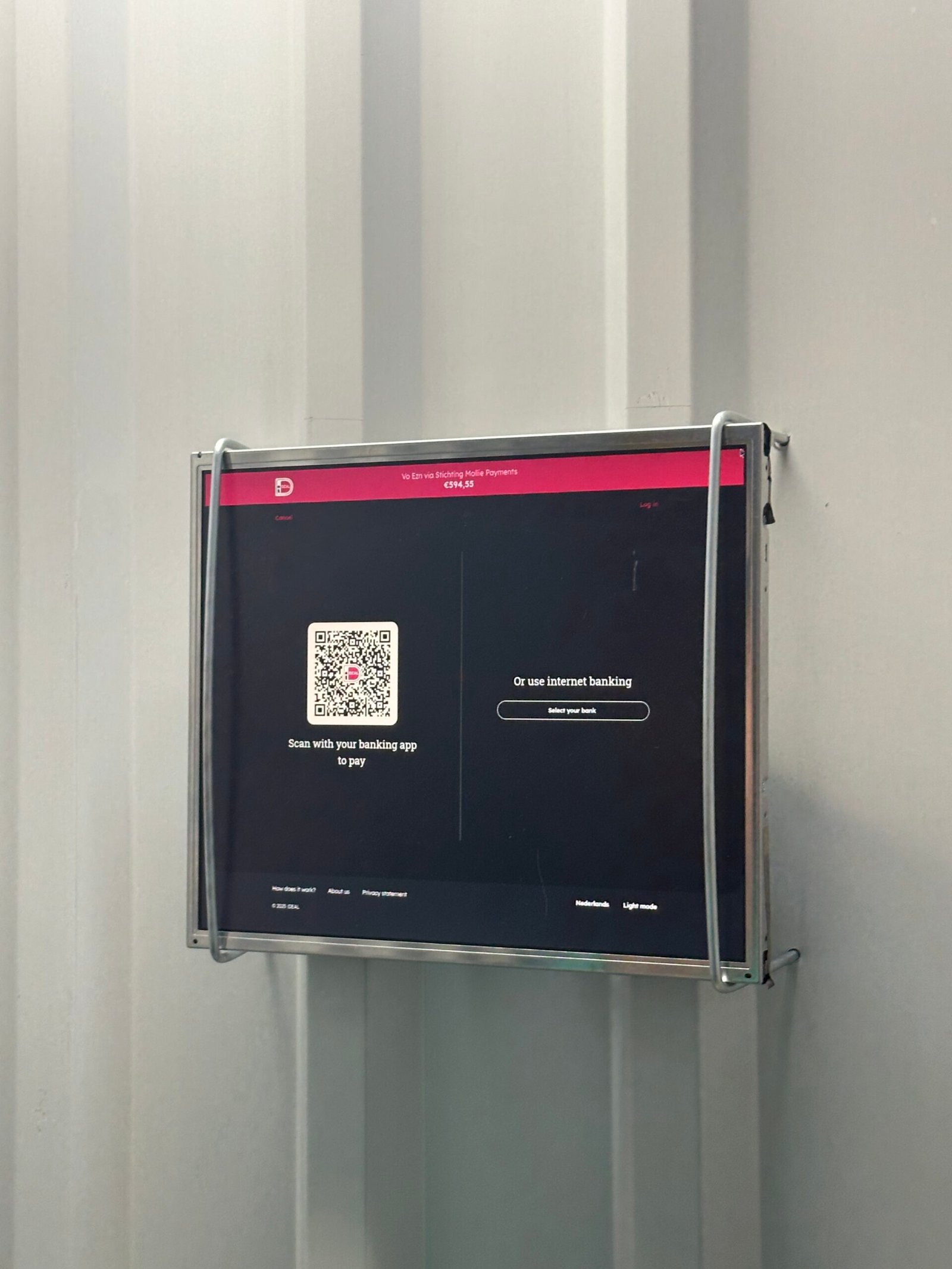
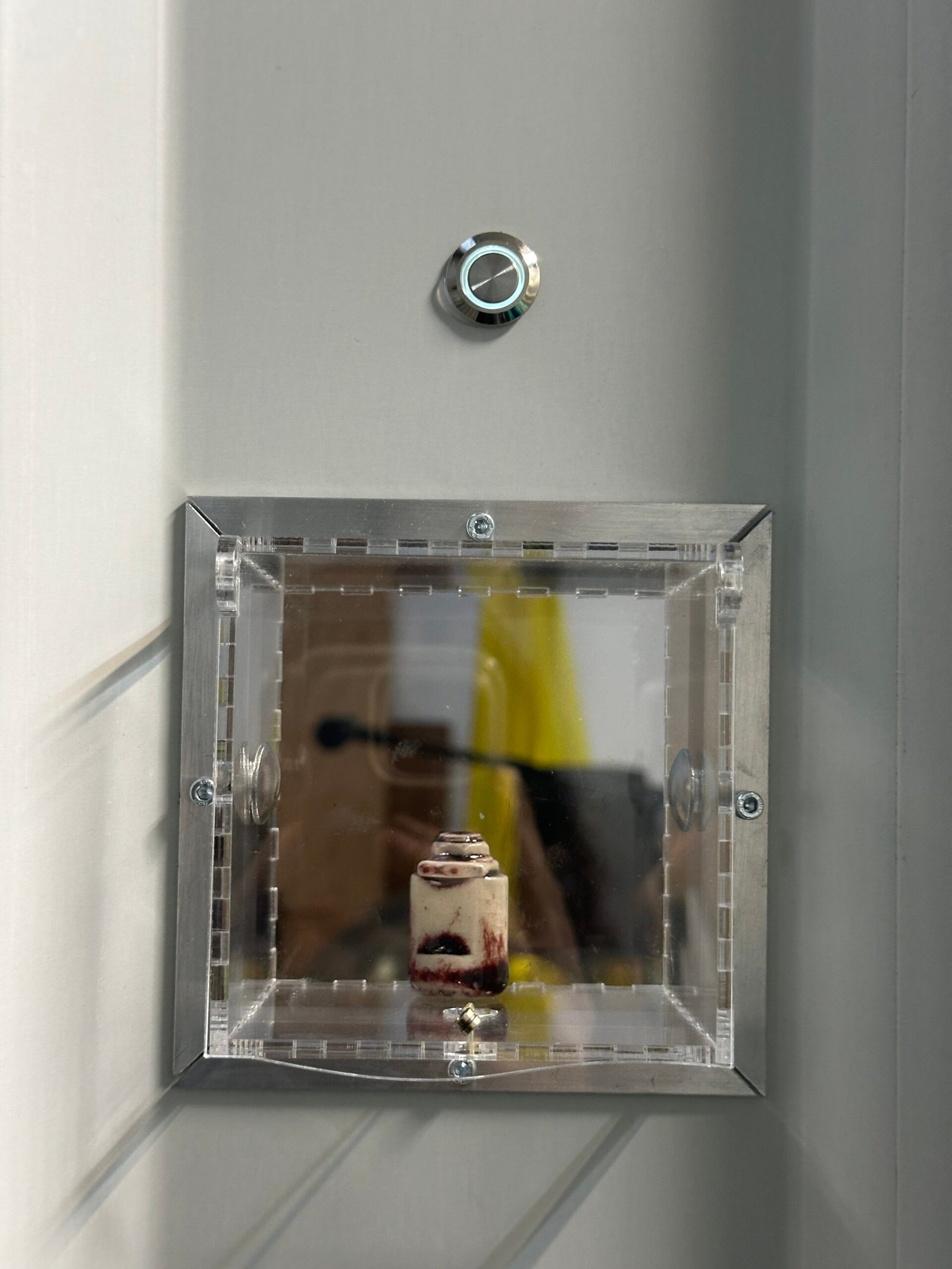
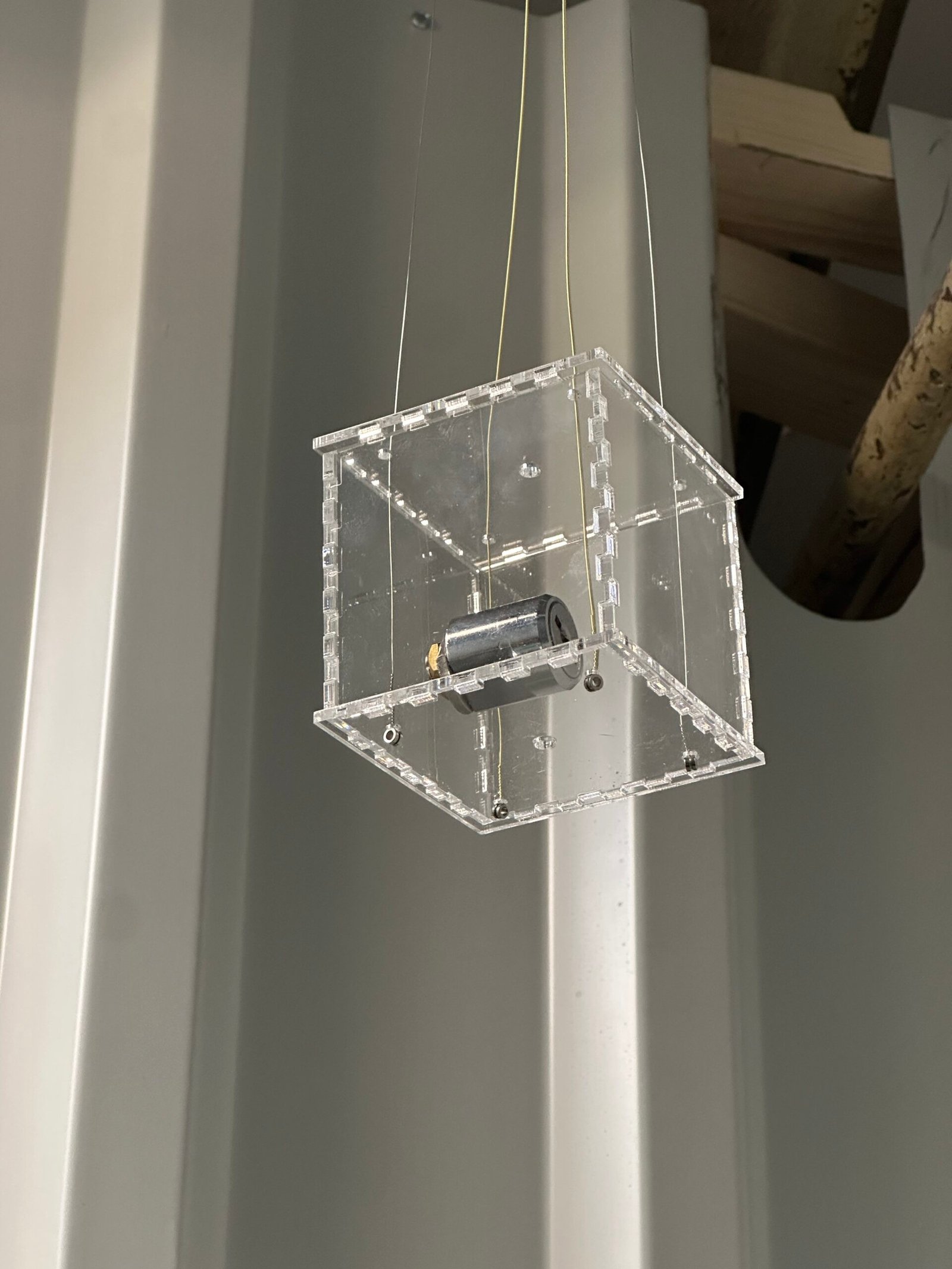
Still slightly baffled, I stepped outside to read the wall text. That’s when the concept clicked into place. Vo Ezn’s work reflects on a year spent couch-surfing, with all her belongings crammed into a storage unit. The ceramic locks are cast replicas of her storage lock, with their price fluctuating based on wind turbine data from The Hague, a sharp and ironic nod to the absurdity of Amsterdam’s current housing market.
GRIMM Gallery
At GRIMM Gallery, former Rijksakademie resident Arturo Kameya unveiled his latest solo exhibition, The moon wanted to be the sun, but it was too late to change, a timely show landing just ahead of his debut at this year’s Art Basel.
Kameya’s work is instantly recognizable. Washed in greyish tones and soft brushstrokes, his paintings carry a distinct, almost dreamlike aesthetic. They explore the myths and narratives woven through Peru’s socio-political history, but there’s a universality to his themes, displacement, culture, identity, that makes them resonate far beyond national borders.
During the Art Week opening, Kameya was present and generous with his time, offering deeper insights into the pieces on view and how his own family history continues to shape the stories he tells.
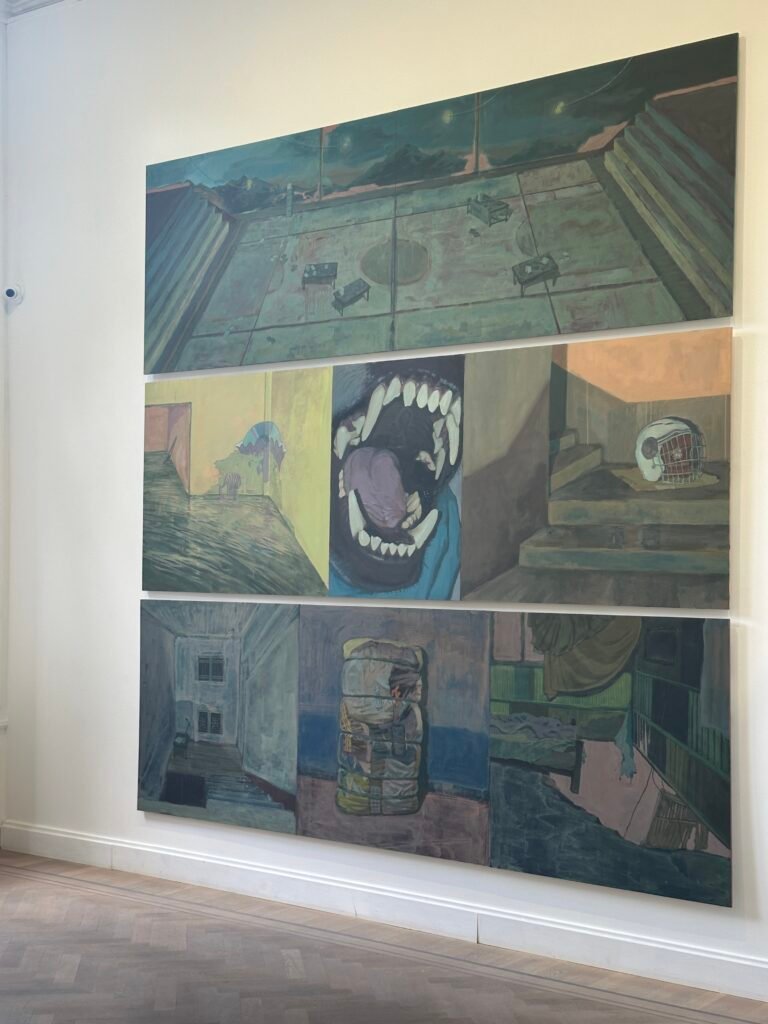
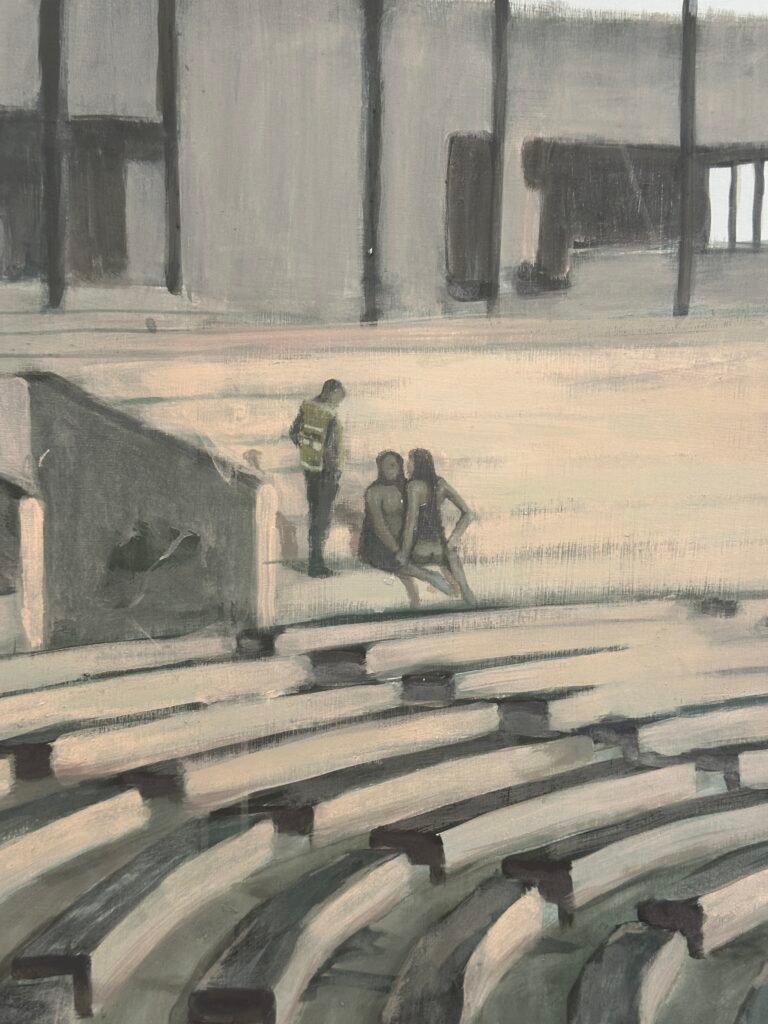
Galerie Fons Welters
Galerie Fons Welters marks the end of an era with its final show, 1985-2025, as Mr. Welters steps into retirement after 40 years of discovering, supporting, and elevating Amsterdam’s artistic talent.
The standout for me was the work of Femmy Otten. Her pieces felt deeply feminine, not in a soft or passive sense, but in a way that spoke to resilience and strength. Both her oil painting and sculptural work carried the same emotional weight, each medium reinforcing the other.
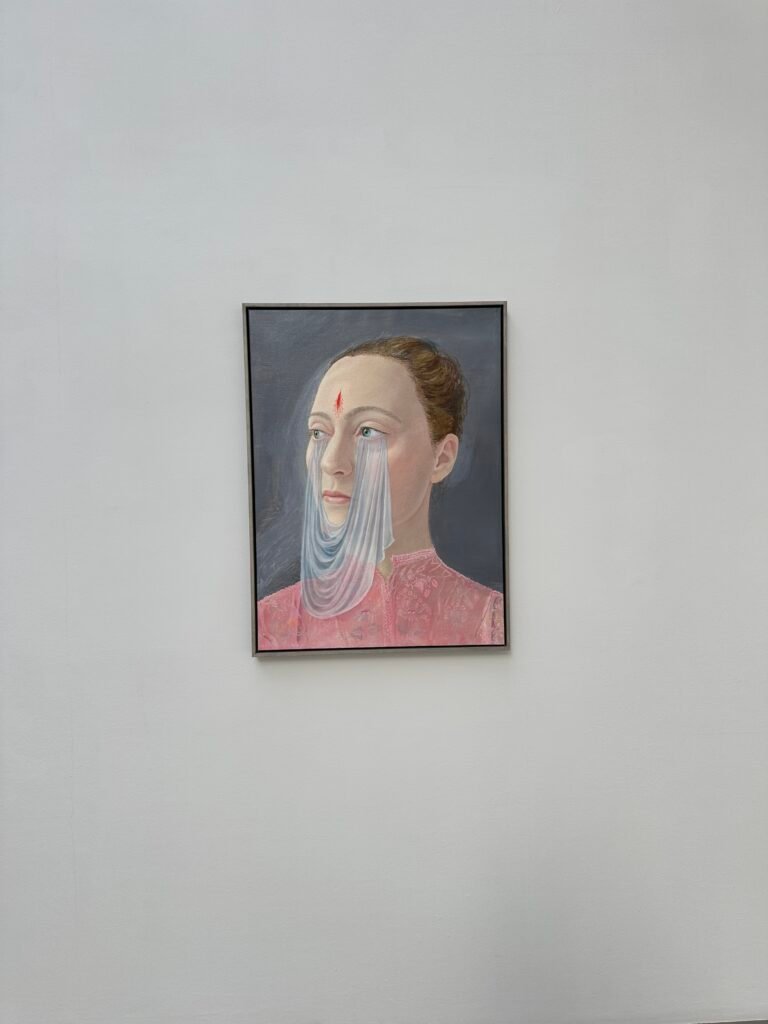
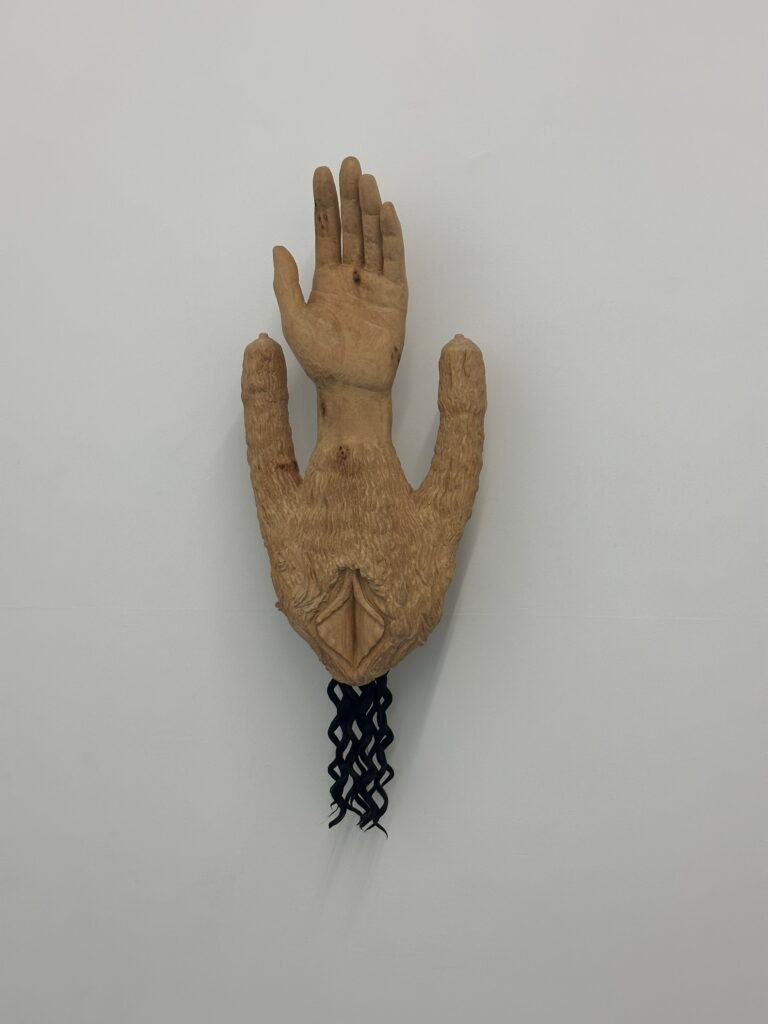
Projectspace 38.40
Projectspace 38.40 opened its latest show, What Remains, a duo exhibition by Folkert De Jong and Tild Greene. Through a series of bronze sculptures, some figurative, others abstract, the show asks an urgent question: What is left behind when technological progress comes at the cost of environmental harm?
Tild Greene’s works draw inspiration from the peat industry in Amsterdam-Noord, reflecting on ideas of fragility, endurance, and the tension between holding on and letting go. Her pieces echo the process of peat extraction and bronze casting alike, with meaning emerging through composition and placement. In contrast, Folkert De Jong’s sculptures freeze disposable objects—like cups and plastic guns—in heavy bronze, occasionally pairing them with figurative elements. The result feels like a warning: a future where throwaway culture is preserved longer than we are.
As always, the Noord space was full of the city’s young art crowd, sipping wine, catching up, and exchanging thoughts between sculptures.

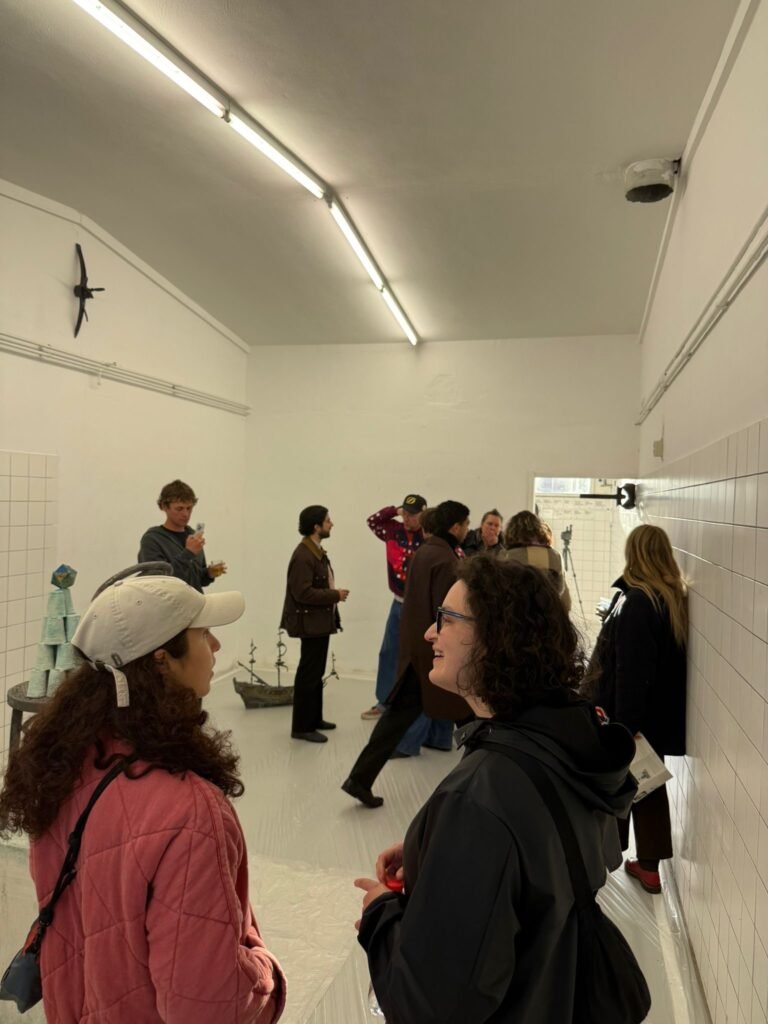
See you next year!
Anastasia

